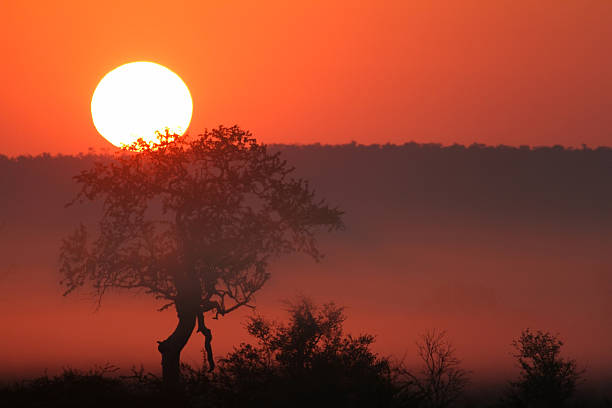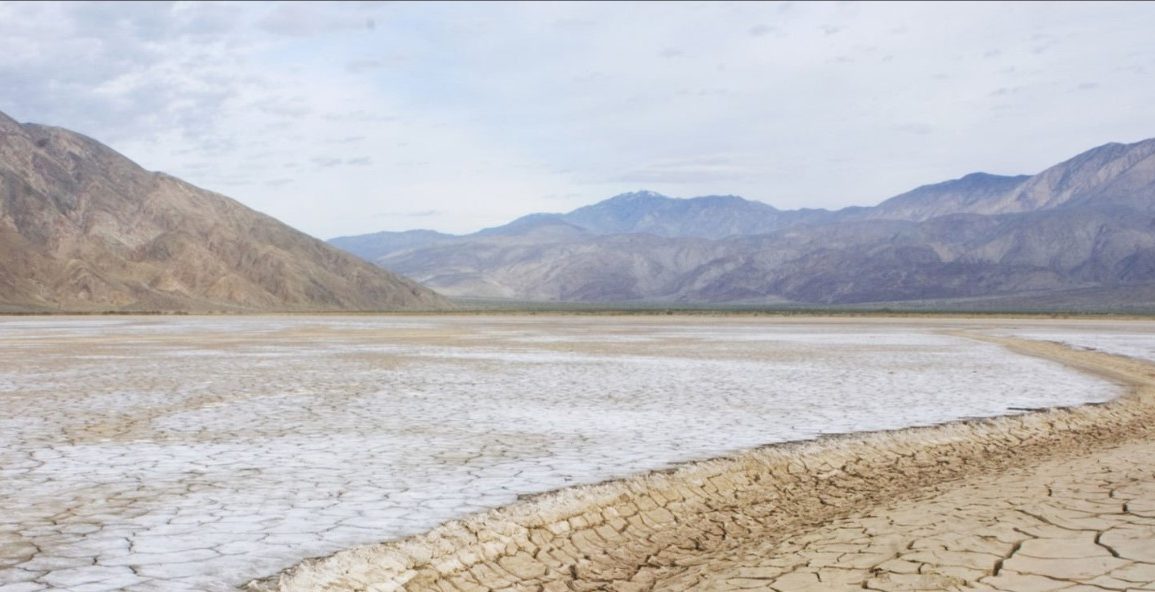Across the United States, a troubling combination of extended dry conditions and unprecedented high temperatures has given rise to what meteorologists are calling “flash droughts.”
This phenomenon is driven by a persistent high-pressure system over North America that has curtailed rainfall across much of the country.
As a stark indicator, over 100 weather stations in 26 states recorded their driest October on record, despite significant rainfall from Hurricanes Helene and Milton in late September and early October.
Remarkably, in the southern Appalachians, where Helene deposited nearly 800 mm of rain, some locations have reported no measurable precipitation since.
By October 28, data revealed that approximately 12.5% of the U.S. had experienced zero rainfall that month, affecting major urban centers including New York, Houston, and San Francisco.
The situation is exacerbated by soaring temperatures that have further stressed already parched terrains.

The last week of October saw temperatures in the High Plains and southern regions rise between 6°C and 7°C above normal.
According to the National Drought Center, 77.8% of the U.S. population was experiencing “abnormally dry” or “drought” conditions by month’s end.
While a recent cold front brought light showers to parts of the Appalachians and East Coast, drought conditions, coupled with post-frontal winds and low humidity, have significantly heightened wildfire risks across much of the Northeast.
“Red flag” fire warnings have been issued in several states, including all state parks in Connecticut.
As of November 2, wildfires have ignited in states such as Oklahoma, Missouri, and Wyoming, consuming over 270,000 hectares (668,335 acres).
In parallel, South Africa is grappling with an early-season heatwave, with temperatures soaring into the mid-to high-30s Celsius across northern and eastern regions.
On Saturday, Johannesburg recorded 32°C and Pretoria reached 35°C, while the Mpumalanga area experienced a staggering 41°C in Skukuza.
Although these temperatures did not break November records, they pose significant health risks to residents.
Heatwave advisories were issued before the extreme weekend temperatures, and while conditions are expected to cool gradually by Monday, relief in the form of rain is anticipated by midweek.
The simultaneous emergence of severe weather events in both the U.S. and South Africa underscores the urgent need for heightened awareness and preparedness for the impacts of climate change on global weather patterns.

